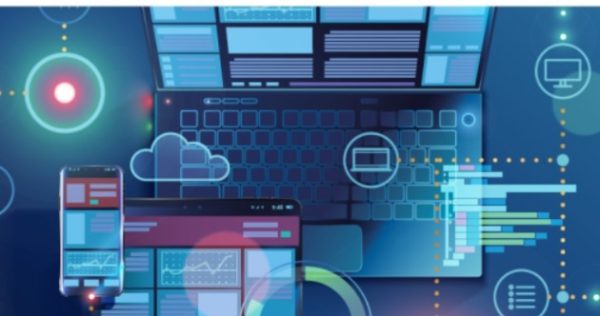
As many service managers in the United States are well aware, ITIL 4’s greatest strength is its holistic and comprehensive character, without being too prescriptive. Practitioners may also see similarities between it and other approaches and frameworks like PRINCE2, Agile, DevOps, Lean, and COBIT.
However, there has been less discussion concerning ITIL’s compatibility with PRINCE2®. Moving through the ITIL certification path can lead to further qualifications, one of which is PRINCE2.
When businesses combine service and project management, PRINCE2 is the logical and evolutionary best practice step, and, like ITIL, it recognizes the existence of complementary bodies of knowledge.
Everything in service management is essentially a project in some shape or form: new services, upgrading infrastructure, or adopting ITIL practices; however, what is critical for success – in my experience from the United States – are looking not only at the “what” and “how” of projects but also the “why.”
US project management – more methods needed
Some organizations in the United States have project management down to a science, depending on their maturity.
However, in the small to medium-sized firm (SME) industry, initiatives are less formalized and operated more “by the seat of their trousers.” While I believe that SMEs are in desperate need of good project management approaches, I believe that major enterprises in the United States might benefit as well – especially if they operate on a world basis.
PRINCE2 – taking a lead from ITIL
Reading and working with the PRINCE2 guidelines reminded me of ITIL 4 Foundation in its easy-to-digest approach, which sets it apart from other, often formal textbooks. And, like with ITIL, you may adopt and adjust the recommendations to your company and environment using the “tailoring” concept.
While organizational change management (OCM) – the strategies employed to win hearts and minds – is more explicit in ITIL 4, But believe PRINCE2 project managers are more likely to conceptualize and work in this manner. This is critical because corporations simply introduce risk into initiatives by failing to examine how the change would affect people’s lives.
Project management skills today
During the Covid-19 outbreak, there was no new technology to facilitate remote work. However, businesses have struggled to adapt their systems and procedures to suit employees working from home.
This has made it difficult for project managers to move programs ahead when employees are scattered. However, by employing projects to re-evaluate and “bake in” continuous improvement, firms will be in a condition of ongoing learning and will emerge from Covid-19 much stronger.
PRINCE2 and ITIL certification
People that have achieved professional development qualifications like ITIL 4 Managing Professional and PRINCE2 show how to achieve effective change, not just intellectually but practically. It is also important to have the ability to manage the continuing investment in change and improvement, human resources, and the integration of OCM into an effective change effort.
Lastly, the combination of best practice knowledge, beliefs, and practices offers the ideal method for making individuals successful change agents.
Want to know more about PRINCE2? Visit our course now.
How about ITIL? We have here covered for you as well.
Here at CourseMonster, we know how hard it may be to find the right time and funds for training. We provide effective training programs that enable you to select the training option that best meets the demands of your company.
For more information, please get in touch with one of our course advisers today or contact us at training@coursemonster.com










